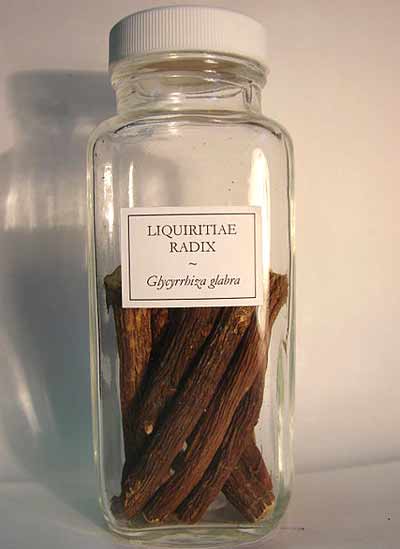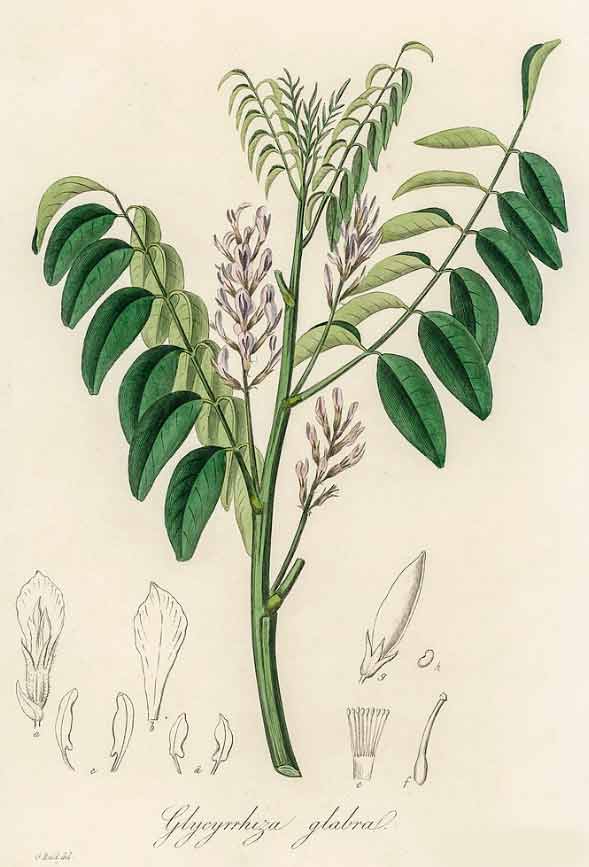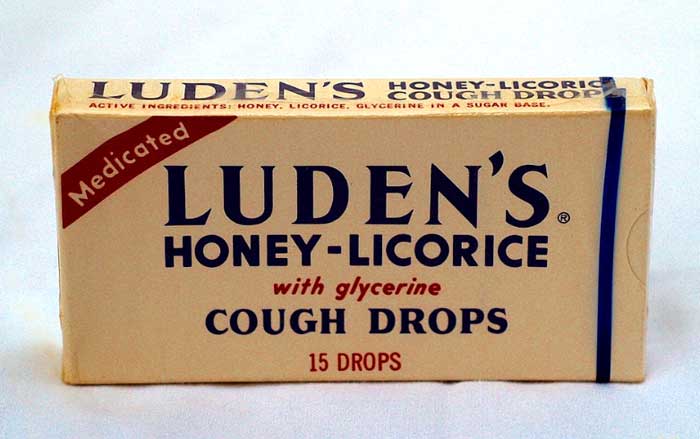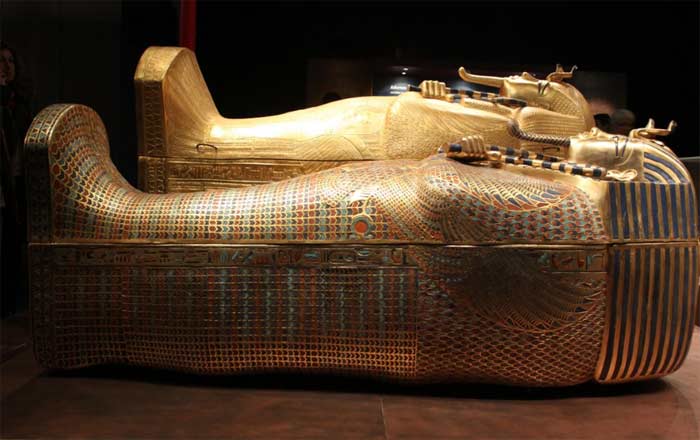Licorice in herbal medicine
Licorice helps heal everything from arthritis to ulcers.
Licorice (Glycyrrhiza glabra) is the grandfather of herbs. It helps get rid of toxins from the body.

Licorice contains estrogen-like compounds that regulate hormones and relieve menopausal symptoms. Licorice fights inflammation, allergies, and arthritis.
Licorice reduces stomach acid and is good in the treatment of ulcers.
Use licorice to build up the immune system and as a remedy for bronchitis, fever, asthma, mouth sores, laryngitis, shingles, lupus, chronic fatigue syndrome, skin problems, eczema, fibromyalgia, indigestion, heartburn, menstrual cramps, obesity, depression, and herpes.
Mix with other medicinal herbs for added strength.
Combine with other immunity building herbs like astragalus, burdock root, dandelion, echinacea, and wild yam for added strength.
Licorice makes a good medicinal tonic.
Licorice is a powerful expectorant and helps remove mucus from the lungs.
Use in cough syrups, tinctures, and herbal teas for best results. Combine with ginseng for a potent lung tonic.

Licorice helps improve digestion.
Licorice stimulates bile flow and is often used as a gentle laxative. Mix with stewed figs for overnight relief from constipation.
Licorice tea soothes the digestive system and is often used to treat irritable bowel syndrome.
Licorice works to protect the body.
Licorice has anti-inflammatory and anti-viral properties. The herb contains high levels of flavonoids and antioxidants that work to protect the body against effects of aging.
Licorice is one of the best herbs to improve adrenal function and to build up the immunity.
Licorice makes a powerful poultice for boils and skin problems.
Licorice is widely used in India to treat abscesses, rashes, and other skin conditions. Make a paste from the ground up roots and apply to the skin as needed.

Science and licorice
Licorice is known to be the most commonly prescribed herb in ancient Egypt, Rome, Greece, and China. Ancient civilizations used licorice to treat throat infections, tuberculosis, lung problems, and liver disease.
Licorice contains four powerful flavonoids that have strong anticancer properties especially when treating cervical, colon, breast, prostate, hepatoma, and pancreatic cancer. They are also anti-diabetic, anti-microbial, antispasmodic, anti-inflammatory, and anti-asthmatic.
Over 400 compounds have been isolated from licorice, including 300 flavonoids!
Licorice has been found to be one of the most effective herbs for increases the effectiveness of other herbs. The synergy created when licorice is taken along with other remedies is amazing!
Licorice is used as a natural sweetener.
Licorice is 50 times sweeter than sugar and is often used as a flavoring (although the taste most people associate with licorice comes from anise or fennel). Licorice is also used to sweeten and condition tobacco products.
Licorice from around the world
Tons of licorice roots are imported annually from Spain, Germany, Russia, and France. There is a wild variety that grows in the northwestern United States but it is smaller than European specimens.
Licorice is grown abundantly in Europe and Asia as a cash crop.
The plant is a legume and related to beans and peas. The perennial grows best in full sun and fertile, moist, sandy soil and does not tolerate heavy clay.
In the wild, it is never found growing more than 50 feet from water. Licorice can be grown in the home garden if conditions are right.
Harvest licorice roots in the fall when they are at least three years old. The dried root can be chewed like candy and used to sweeten the breath.

The herb has a long history in herbal medicine.
Licorice has been used as a medicinal herb for thousands of years. It was used in ancient Greece, Egypt, and China for many purposes including building up the immune system.
Regular use was thought to stimulate hair growth, improve vision, and increase sexual desire. Large quantities of licorice roots were found in the 3,000 year old tomb of King Tut. Licorice was considered to be such a valuable herb that no Egyptian king would be without it on his journey into eternity.
Licorice candy might not contain real licorice.
Many “licorice” products sold in the United States do not contain actual licorice. Anise oil, which smells and tastes like licorice, is often used instead.
*Licorice should not be used for over four weeks without medical supervision. People with high blood pressure, obesity, diabetes, kidney, heart, or liver conditions should avoid licorice. This herb should not be used by pregnant or breast-feeding women or by men with sexual dysfunctions.
Licorice contains glycyrrhizin which can cause serious side effects such as headaches, fatigue, high blood pressure, and even heart attacks when mixed with certain drugs or taken in high doses. Licorice may also cause water retention, which can lead to leg swelling and other problems.
Always consult with a healthcare professional before using any herbal remedy especially if pregnant, nursing, or taking other medications.
Sources:
https://www.ncbi.nlm.nih.gov/pmc/articles/PMC8703329/
https://www.nccih.nih.gov/health/licorice-root
Blessings to you and yours!
Thanks so much for reading my blog. Jan.

*Note - the information on this website has not been evaluated by the Food and Drug Administration.
© 2005-2024 website design and content by Janice Boling